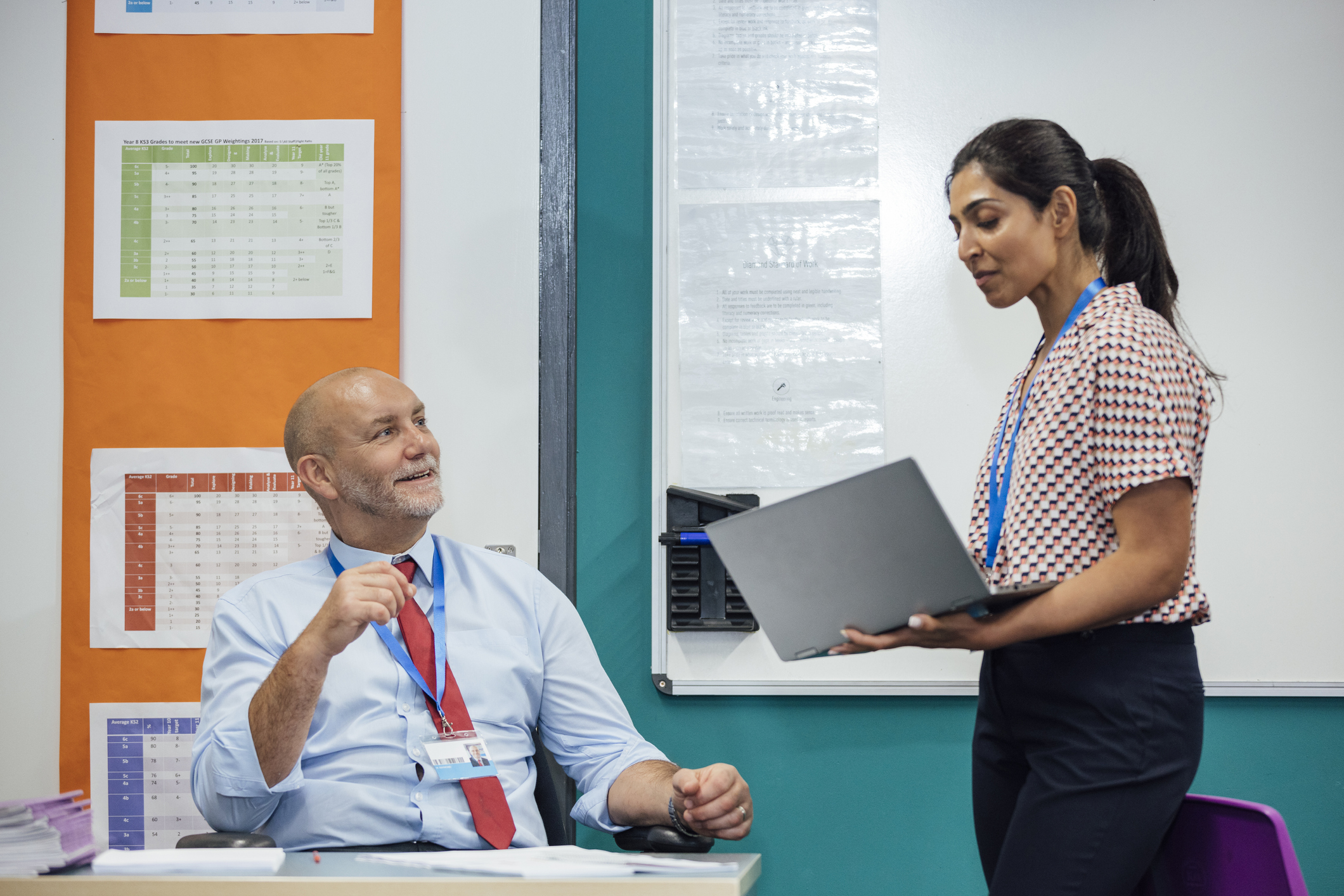If I wanted it done my way, I would have done it myself
There is nothing wrong with being a perfectionist, but sometimes, it can hinder the development of those around you. Here, Gerhard Erasmus looks at why, and suggests that instead of striving for perfection, we should consider the role of reflection in improving and developing.

As teachers, we want the best for our students. The better they get at grammar and vocabulary, or the higher their scores are for school tests, entrance examinations, or proficiency examinations, the better. It is therefore quite easy to fall into the trap of there is only one right way of doing something. And while that might be true, there is the risk that your students don’t actually develop any skills, but rather just copy what you are suggesting they do.
The same applies to being a manager. You have years of experience, and perhaps you are an expert at the Cambridge Exams, and now you want your newly qualified teachers to become rock stars instantly. The best way to do that, is to teach the way you would. But is that really the best?

The desire for perfection and top-notch quality
There is nothing wrong with wanting perfection. What is important is that perfection is at times, and actually quite frequently, an issue of perception. What you consider perfect, might not be something I consider perfect and vice versa. That perception of what is great quality can lead to conflict in teacher rooms and in classrooms. I have often heard the statement, ‘This is not your best.’ But I ask myself, what if it was your best considering other factors impacting your performance that day? Or what if you are really happy about your work and that is my feedback. It would be very easy for a teacher or a student to lose confidence if that is the case. Now, I am not saying that sometimes it is not necessary to give feedback like, ‘This is not your best work,’ but consider other factors and how you and your student or teacher might have different views on what constitutes a good task or lesson. An important point here is for both the teacher and the learner, or the manager and the teacher, to reflect on the situation and consider the other point of view, as well as how performance criteria might be better met in the future.
Learner and teacher autonomy
With autonomy comes empowerment. We learn to make decisions, we have control over not only what we learn or teach, but also over the how. It puts us in a position as students or teachers where we can control the direction of our own learning. The issue of learner autonomy gets discussed quite often, but how it is implemented can at times be quite vague. While there might be a best way to approach a certain exam task, it is important to allow learners the time to explore their own way and compare it to your way. The time they spent doing it their way is not wasted, as it is all part of the learning process. And you might actually find that for some students, doing it in a way that you consider ineffective actually works better for them for a specific type of task.
The same can be said for teachers and teacher autonomy. Too often, I read or hear comments about teacher training courses stating that there is only one correct way. Much to my annoyance, it is sometimes called ‘The CELTA way.’ There isn’t actually something called the CELTA way. If the way a teacher chooses to approach a lesson or task can be justified, they should be encouraged, rather than discouraged, and if it doesn’t work, you have not significantly impacted the students’ achievement, but the teacher has learned something. And, as with students, sometimes for a specific teacher, something that appears counter-intuitive, might actually work much better with their personality or teacher persona.
Reflection is again important. With autonomy in terms of choice, comes the automatic need to reflect on how effective your approach to a task or lesson had actually been, and then to consider ways in which you could improve. It is great to follow your heart and personality, but does it work in practice and is there something that might work better?

If I wanted it done my way, I would have done it myself
I have a very specific way of doing things. I teach, train, and manage with quirks personal to me. I might be teaching a class a little low on energy, and then slap the table suddenly with a loud noise and say, ‘Sorry. Just checking if everyone is still awake.’ My entire personality is like that. The students, adults and kids, laugh, the atmosphere is light again, and we move on. I saw someone do the same thing and it was a disaster. Simply because it did not fit in with their personality. Now, as silly as that example is, it highlights how our personalities might be different.
I have had numerous teachers and managers ask me, ‘How would you deal with this situation?’ And it might be a classroom or a management problem. The reality is, I have a different skill set to yours. I want you to solve the issue using your skill set, not mine. I want you to learn new skills over time. But me telling you how I would do it often does not fit your current skill set, and actually you might have skills I don’t have. So simply, do it your way. Because: If I wanted it done my way, I would have done it myself. I am much better at my way than you will ever be. You have to find your way. You need to consistently be reflecting on what your skill set is, and how that impacts how you approach lessons, tasks, activities, exams, and actually many other things in life.

Looking forward
I am not suggesting that it should be a complete free for all and everything needs to be viewed as correct, but we do at times fail to consider other perspectives and forget how closely our way is tied to our skills or experience. So, take a step back, and let your students and teachers develop their way, with influence from your way, but without losing who they are in the process. And then, at the end of a task or lesson, think critically about how effective you were.

Comments
Write a Comment
Comment Submitted